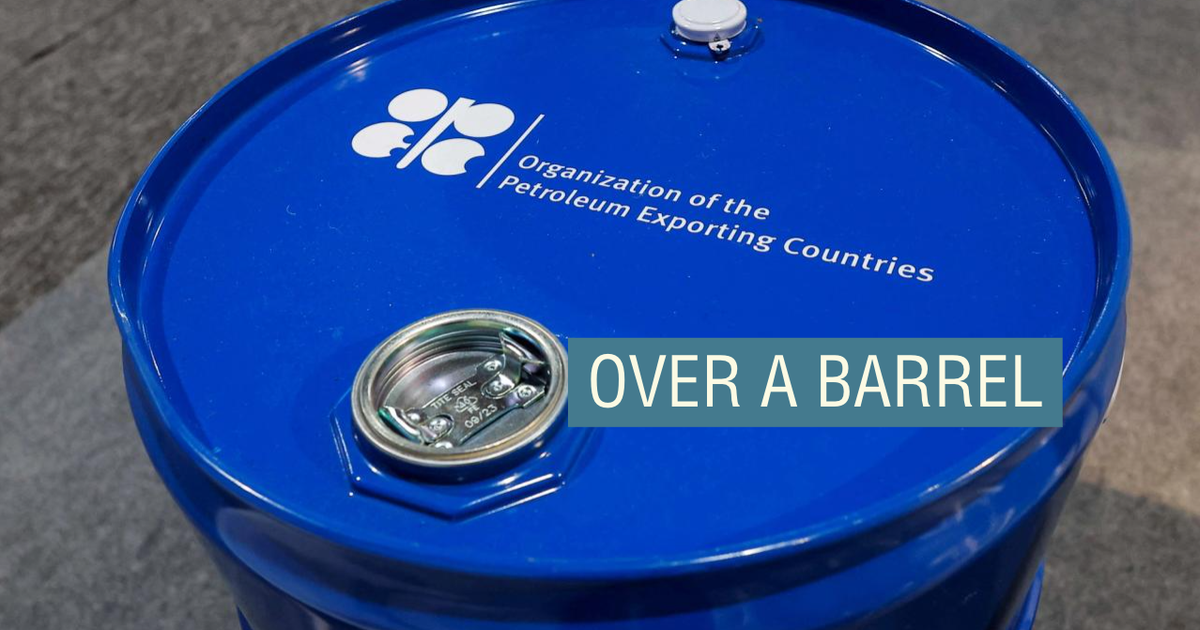When Trump returns to office, he’ll find himself in a high-stakes game of chicken with OPEC. The grouping’s production cuts help Trump, because they keep the price elevated to a point that US producers can turn a profit at; more than any action the president can take, it’s the price that determines whether “drill, baby, drill” happens or not. But the group’s leaders know this, of course, and could be running out of stamina to maintain cuts that increasingly threaten to spark an exodus of smaller members, further weakening the cartel’s influence in the global market.
“Nobody wants a price war, but OPEC won’t be content forever to watch its market share frittered away in small increments,” said Jim Krane, co-director of the Middle East Energy Roundtable at Rice University.
OPEC’s big advantage over US producers has always been its members’ rock-bottom production costs, which allow them to turn a profit even when the oil price is low. The group prefers higher prices, but the production cuts needed to maintain them are becoming more painful. Because of weak global demand, the cuts so far are barely managing to keep prices stable, and certainly not boosting them; a report from Deloitte this week found that oil prices in 2024 were the most stable they’ve been in 25 years. Meanwhile, US producers are going through a wave of consolidation that has reduced their operating costs and made them harder for OPEC to hurt.
At this point, OPEC is essentially choosing to subsidize its rivals, which are becoming more numerous as new players like Brazil and Guyana step up their market share. Saudi Arabia may be able to stomach all that, but other members can’t: Iraq, Kazakhstan, Kuwait, Russia, and the United Arab Emirates have all overstepped their production quotas this year, Rousseau said. Angola quit the group in January, and other African countries including Gabon and Equatorial Guinea have threatened to follow suit.
But if OPEC opens the taps, US producers are still highly vulnerable — according to the Kansas City Federal Reserve, oil prices today, hovering around $70 per barrel, are barely above the breakeven point for most producers, and would need to jump to nearly $90 “for a substantial increase in drilling to occur.”
The US market is saturated, so the only hope for additional US production is through exports. Trump’s plan to hammer China with tariffs would work at odds with his drilling ambitions; a stronger Chinese economy is good for US oil. On the other hand, Trump is likely to be more hawkish toward Venezuela and Iran than Biden has been; escalating sanctions on those countries is probably the only way to take barrels off the global market and push up the price. If that happens, the race will be on between the US and OPEC to fill the gap.


